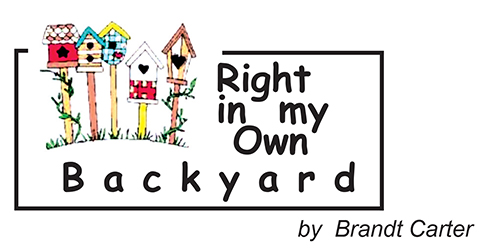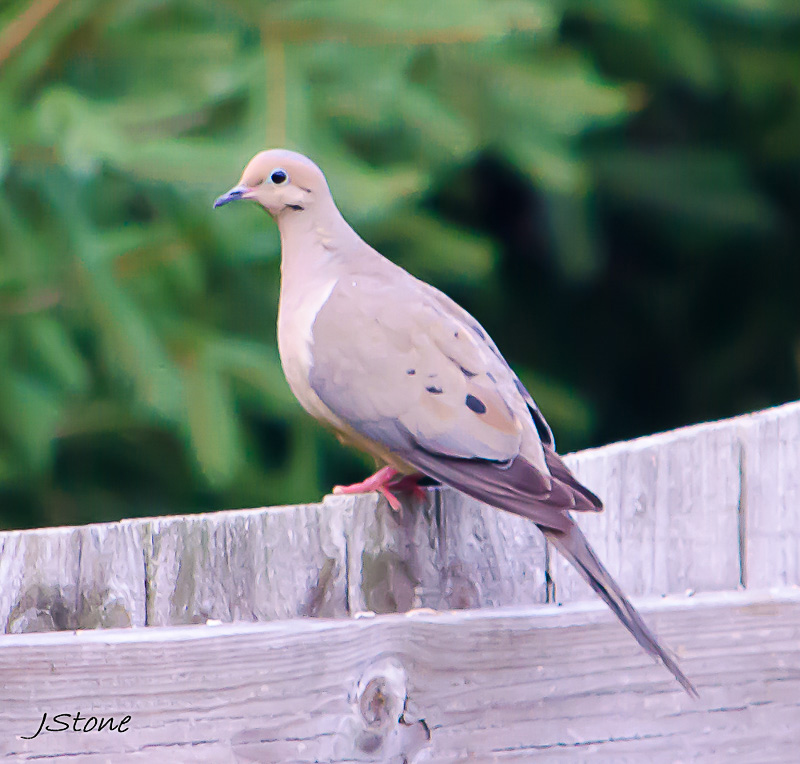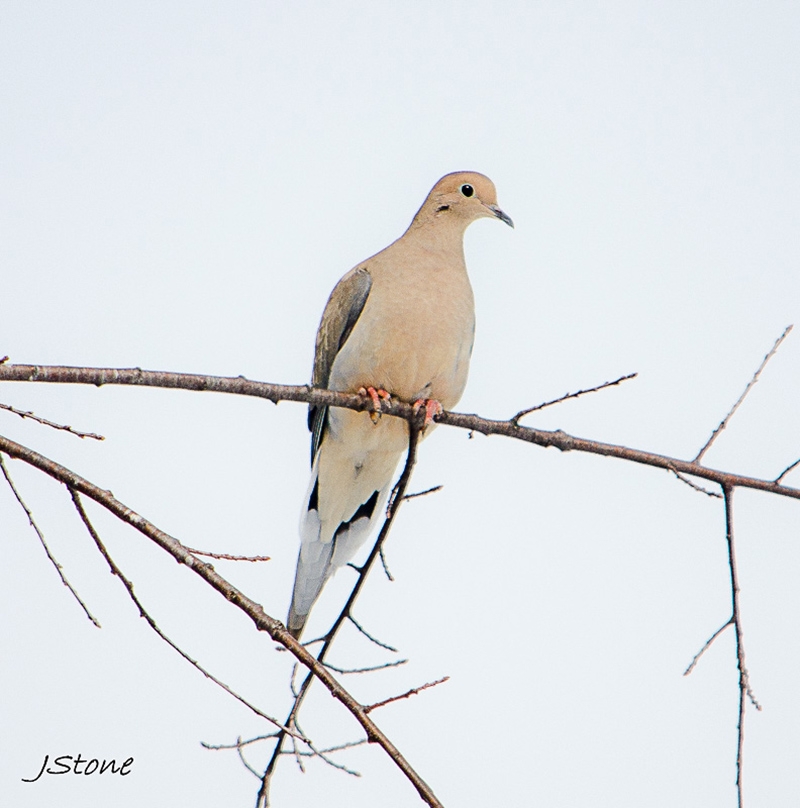
|
Broad Ripple Random Ripplings

The news from Broad Ripple
Brought to you by The Broad Ripple Gazette
(Delivering the news since 2004, every two weeks)

|
| Brought to you by: |

|

|

|

|

|
Right in my Own Backyard - Counting Love Birds in My Yard - by Brandt Carter
posted: Feb. 13, 2020

Counting Love Birds in My Yard
A perfect bird introduction for February is the abundant mourning dove. If you feed the birds and are observing a location that has lots of natural seeds, you will see mourning doves scouring the ground for a nourishing morsel. These birds are plentiful and often mistaken for pigeons.
Doves are a favorite to watch as they scratch along the ground. They clean up any seed dropped by other birds at your feeder. They really favor millet often found in seed mixes. Their plump, grayish bodies make them easy to identify and spot. You will hear their mournful coos first that can often be confused with the song of an owl. Here is a link to their song. https://www.allaboutbirds.org/guide/Mourning_Dove/sounds
Even though they have been called mourning, "not morning", doves because of their melancholy song have been placed in literature and song to symbolize hope, the Holy Spirit, and peace. The Native Americans use the dove symbolically throughout their stories and literature. Poets and writers like Robert Bly, Jared Carter, Lorine Niedecker, and Charles Wright include the mourning dove in their works. Many singers have sung about them like Ray Charles in the song The One and Only.
Helps to pass my lonely time away
I'd like to sing to you my love
Just hum like a mourning dove
Oh, I love you, I crave you, 'n I always will, I will
They are the perfect replacement for lovebirds in our yards. They are monogamous. The male finds several ideal nesting spots usually in trees and often in pines, and his mate chooses one to her liking. They build a loose nest together with the male gathering many of the sticks and twigs. They can have up to six broods a year with only two squabs (young) each time. What most city folk and backyard birdfeeders don't know is that they are the most hunted bird for sport and meat. Who knew we had game birds eating in our yards!
| Brought to you by: |

|

|

|
Now you have two birds you can identify. From January: The male cardinal in their blazing red feathers or carmel-colored females with identifiable crests. Look on the ground and you will be able to spot the mourning dove. In March, we'll feature the bluebird. The bluebird is a new phenomenon visiting more urban areas around Broad Ripple and Indy North.
Brandt Carter, artist, herbalist, and naturalist, owns Backyard Birds at 2374 E. 54th Street. Visit her web site www.feedbackyardbirds.com. Email your bird questions to Brandt@BroadRippleGazette.com
brandt@broadripplegazette.com

|

|

|
| Brought to you by: |

|

|

|
| Brought to you by: |

|

|

|
| Brought to you by: |




